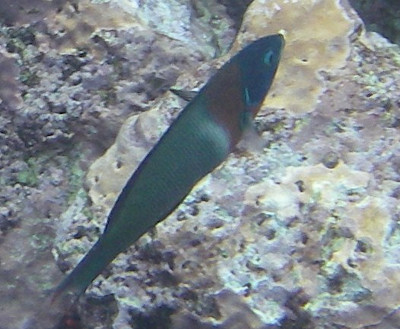SICB Annual Meeting 2013
January 3-7, 2013
San Francisco, CA
Symposium: Phenotypic plasticity and the evolution of gender roles

In recent decades there has been a great deal progress in understanding the evolution of sexual phenomena; including sex ratio, sex determination, and sexual systems (e.g. hermaphroditism vs. dioecy). However, these phenomena have usually been considered in isolation. The stimulus for this symposium is the conviction that in order to understand how evolution acting on individuals has produced the complex patterns of sexual reproduction that we see in living organisms, we need to work toward a synthesis of these fields. In the field of hermaphroditism it has become clear that the line between simultaneous and sequential hermaphroditism is a very blurry one. We have long known that in sequentially hermaphroditic species environmental factors play a critical role in sex change, and in recent years it has become clear that simultaneous hermaphrodites also may adjust their sex allocation between the two sexual roles in response to social and other environmental factors; that is the choice of sex role may be phenotypically plastic. These results suggest a link with the phenomenon of environmental sex determination which has been studied primarily in dioecious species. The aim of the symposium then, is to bring together people working on problems of phenotypic plasticity in environmental sex determination, sequential and simultaneous hermaphroditism, and the advantages of hermaphroditism vs. dioecy with a view to an exchange of ideas that will help us see the problem of choice of gender roles from a broader perspective. The talks will range from theoretical treatments and wide-ranging reviews to discussion of specific mechanisms.
Sponsors: SICB Society-Wide Symposium
Organizers
- Janet L. Leonard, University of California-Santa Cruz
Speakers

S11-1.1 Monday, Jan. 7, 08:00 LEONARD, J.L.:
Williams’s Paradox and the role of phenotypic plasticity in sexual systems
S11-1.2 Monday, Jan. 7, 08:30 DIGGLE, P.K.:
Metamers, modules, phenotypic plasticity, and the evolution of diverse sexual systems in plants
S11-1.3 Monday, Jan. 7, 09:00 LORENZI, M.C.*; SELLA, G.:
Gonochorists or hermaphrodites? Gonochoric worms with flexible sex allocation
S11-1.4 Monday, Jan. 7, 09:30 YUSA, Yoichi*; SAWADA, Kota; YAMAGUCHI, Sachi:
Diverse and plastic sexual systems in barnacles
S11-1.5 Monday, Jan. 7, 10:30 WALSH, M. R.:
Environmental influences on plasticity in sexual investment in Daphnia
S11-1.6 Monday, Jan. 7, 11:00 COLLIN, R:
Genetic, Environmental and Social Control of Sex Change in Molluscs
S11-1.7 Monday, Jan. 7, 11:30 ERISMAN, Brad:
Evolution of hermaphroditism in fishes
S11-2.1 Monday, Jan. 7, 13:00 GODWIN, J*; LUCKENBACH, JA; HOLLER, BL; DANIELS, HV; BORSKI, RJ:
Environmental influences on sex determination in flatfishes
S11-2.2 Monday, Jan. 7, 13:30 RHEN, Turk*; SCHROEDER, Anthony; FAGERLIE, Ruby; LEGGE, Heath; WESSMAN, Laurel; HEIMLER, Jon; BONAPACE-POTVIN, Michelle:
Genetics, Genomics, and the Evolution of Temperature-dependent Sex Determination in Reptiles
S11-2.3 Monday, Jan. 7, 14:00 CASE, A.L.*:
The advantages of gynodioecy vs. dioecy in plants
S11-2.4 Monday, Jan. 7, 14:30 AH-KING, Malin*; GOWATY, Patricia A.:

